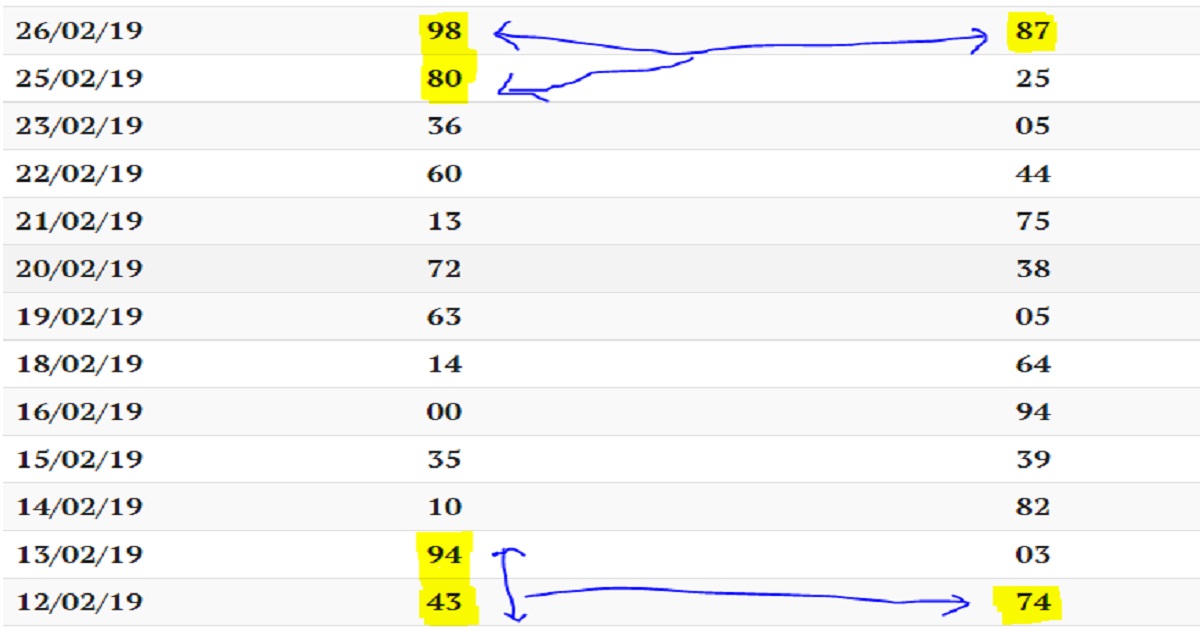1. Introduction to the “32/40” Concept
Defining “32/40” in the Context of Business and Innovation
Welcome to the world of “32/40” – a concept that’s shaking up the status quo in the realms of business and innovation. In this article, we’ll delve into what “32/40” is all about and how it can revolutionize the way we approach challenges and opportunities in today’s dynamic landscape.
2. History and Origin of “32/40”
3. Key Components and Principles of “32/40”
Understanding the 32 Principles of “32/40”
4. Benefits and Advantages of Implementing “32/40”
Enhanced Efficiency and Productivity Through “32/40”
Strategic Advantages and Competitive Edge Gained from “32/40”
By embracing the “32/40” framework, organizations can unlock a host of benefits, ranging from enhanced efficiency and productivity to gaining a strategic edge over competitors. With “32/40” in their arsenal, businesses can navigate challenges with confidence and drive growth by tapping into the power of innovation and adaptability.
5. Case Studies and Examples of Successful “32/40” Applications
Real-world Applications of “32/40” in Various Industries From retail to tech, many industries have embraced the “32/40” framework to streamline operations and drive success. Companies like BigMart and Appify have leveraged “32/40” to optimize processes, enhance customer experiences, and boost profitability.
Lessons Learned from Notable “32/40”
Success Stories In studying successful “32/40” implementations, key takeaways emerge. Agility, adaptability, and a customer-centric approach are crucial. Flexibility in adapting to change, like pivot-friendly Appify, highlights the importance of staying ahead of the curve.
6. Challenges and Considerations in Adopting “32/40”
Overcoming Resistance to Change When Implementing “32/40” Resistance to change is common, but communication and training can help employees embrace the “32/40” methodology. Showing the benefits, like increased efficiency and reduced costs, can build buy-in and ease the transition.
Addressing Potential Pitfalls and Limitations of “32/40”
While the “32/40” framework offers many benefits, challenges like integration issues or scalability concerns can arise. Mitigating risks through careful planning, testing, and ongoing evaluation can help businesses navigate potential pitfalls.
7. Future Trends and Potential Developments in the “32/40” Framework
Emerging Innovations and Advancements in the “32/40” Landscape As technology advances, so too does the “32/40” framework. AI, automation, and data analytics are reshaping how businesses implement and benefit from “32/40.” Innovations like predictive analytics and machine learning hold promise for future applications.
Forecasting the Evolution of “32/40” and Its Impact on Business Practices
Looking ahead, the evolution of “32/40” is set to revolutionize business practices. Greater personalization, enhanced efficiency, and improved decision-making are on the horizon. Businesses that embrace and adapt to these changes will stay ahead in the ever-evolving landscape of “32/40.”As businesses continue to seek ways to stay ahead in an ever-evolving landscape, the “32/40” framework stands out as a beacon of innovation and efficiency.
By understanding its history, principles, and real-world applications, organizations can leverage the power of “32/40” to drive success and create a sustainable competitive advantage. Embracing the challenges and opportunities that come with adopting this framework, while keeping an eye on future trends and developments, will be essential for businesses looking to thrive in the dynamic market environment.
Conclusion
In conclusion, a 32/40 score indicates a solid performance, achieving 80% of the total possible points. This result demonstrates a commendable level of proficiency and understanding, yet also reveals opportunities for further improvement. By analyzing the areas where points were missed, one can identify specific weaknesses and focus efforts on enhancing those aspects. Overall, while the score is impressive and reflects a strong grasp of the material or skills evaluated, targeted improvements could lead to even greater success in future assessments.




